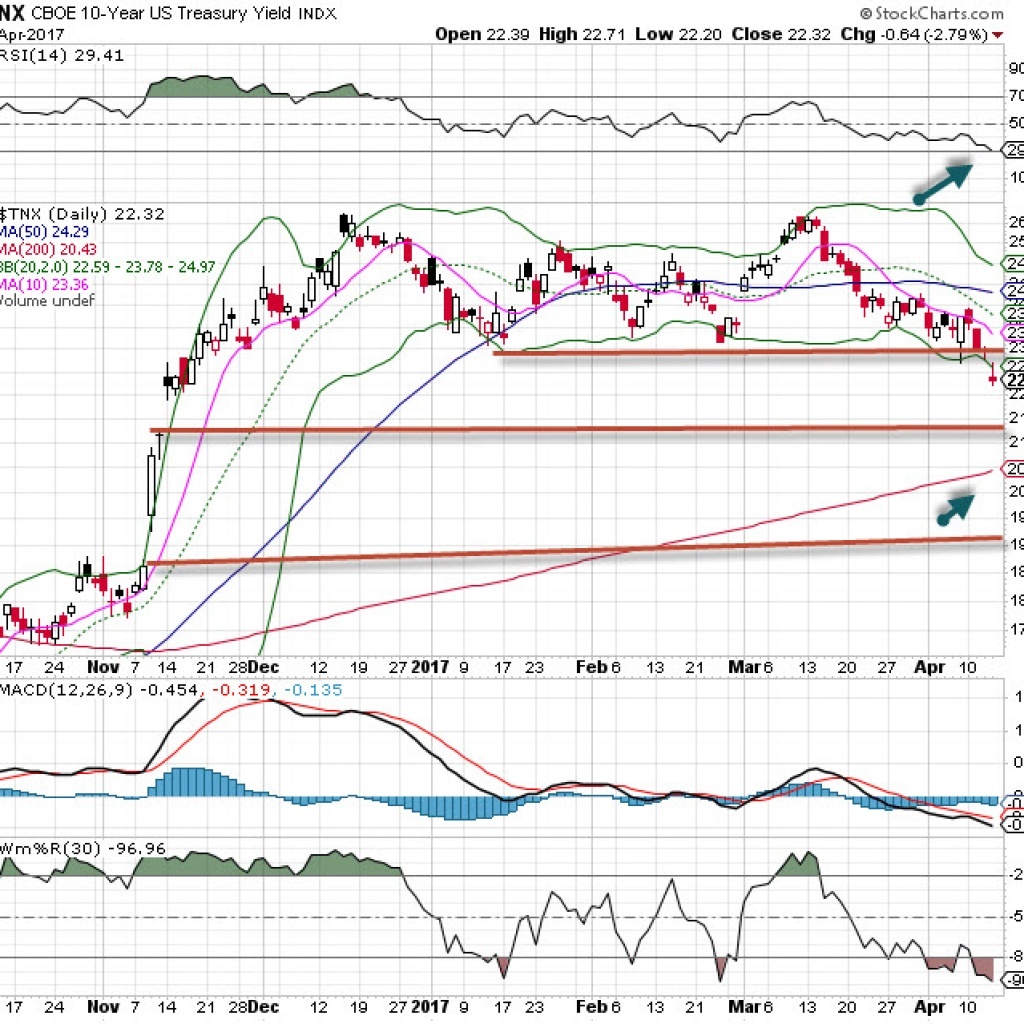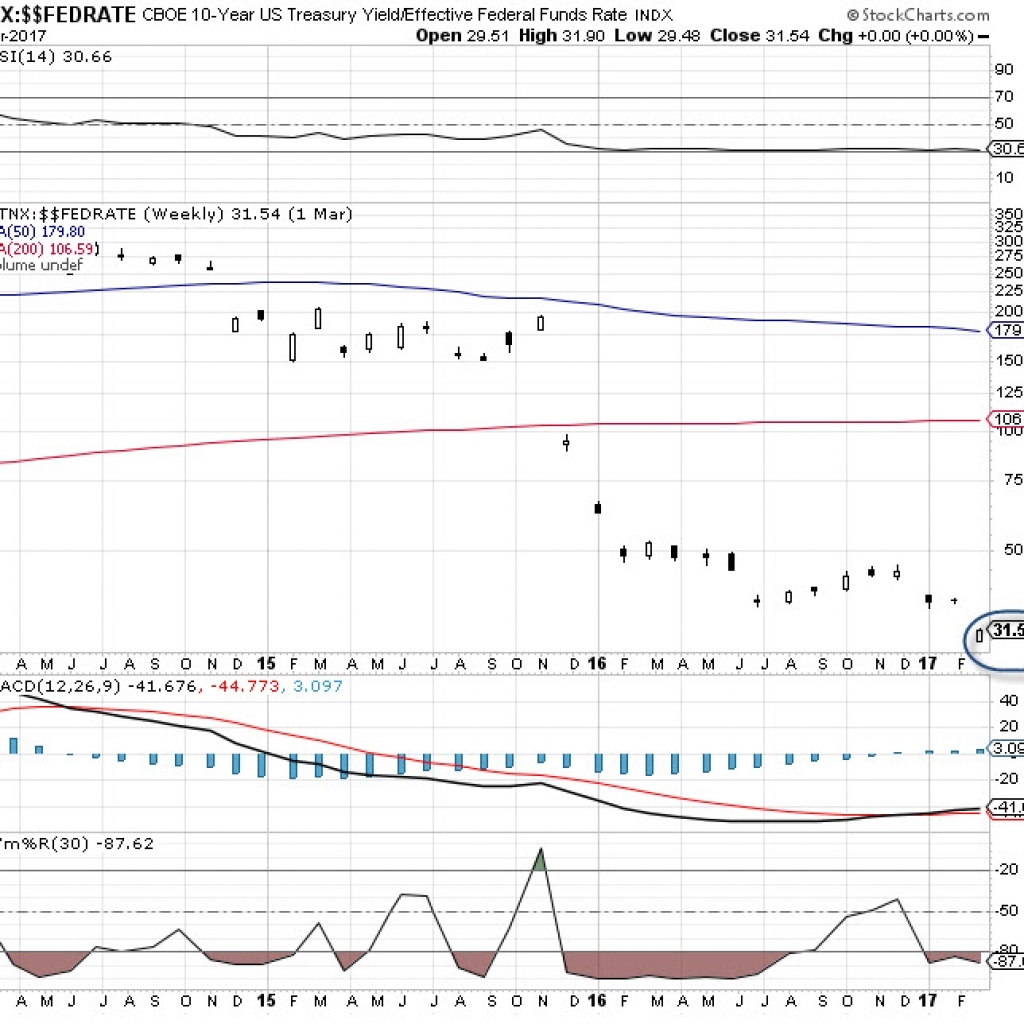It’s a showdown at the OK Corral, with the Federal Reserve on one side and the massive bond market on the other side. They have both taken positions, dug in their heels and are staring each other down. It’s not often that we see divergences between these two factions, but that is indeed what we currently have. The stakes are high, which is why uncertainty is high, the volatility index is rising, and markets are on edge.
Who is going to be right this time around?
I am a big believer that the bond market tells us what we need to know about the economy. Price action is the final arbiter of truth, and the price of bonds has been steadily rising on the longer end of the curve. The notion here is that inflation is not going to rise much, the economy won’t grow that much – and getting a 2-3% yield on the long end of the curve seems a safer bet than stocks or any other asset class.
If the long end of the curve does not buy into the Fed’s thinking (it hardly ever does), then a flat yield curve forces the Fed’s hand to do something. In this case, it would be lowering the funds rate yet again, probably toward zero. The Fed cannot create inflation with all the dollars sloshing around in the system. On a technical basis, the 10 yr yield is very oversold (see relative strength).
The bond market is usually right. In fact, the Fed often LISTENS to the message of the bond market as part of its guidance. If that were the case currently, the Fed would not be in a rate-hiking mode, as the message is clear: keep rates low. Inflation expectations were rising late last year, but they have started to decline. Economic projections are not rising and the bond market is sniffing out this apparent weakness.
This time around the Fed has established a verbal mandate and is raising interest rates on the short end of the curve. They see a strong economy, despite current employment numbers. Even with last month’s hiccup (probably due to poor weather and data) the economy seems to be on sound footing. But is it strong enough to handle several rate hikes?
That is the question the bond market is asking, and it is leaning towards “no.” The ratio between Fed Funds and the 10 year bond is as narrow as it has been ever. Less than one year ago, the 10 yr bond hit 1.3% and the Fed Funds rate was .25% (the spread on the chart is dividing Fed Funds by the 10 yr yield). The 10 yr yield now has room to move even LOWER, threatening the Fed’s thesis, which will move that ratio even lower.
When the ratio narrowed last year, the election was up for grabs back and Brexit had just shocked the world. This year, other issues (geopolitical) are causing some worry. Rates rose smartly off that low in July 2016, and barring a catastrophe, that should happen again, but the Fed probably won’t be happy. If the data is weak, it is highly likely that the Fed will side with the bond market’s view and chatter about fewer rate hikes will subside. For now, let’s wait and see how this plays out.





















